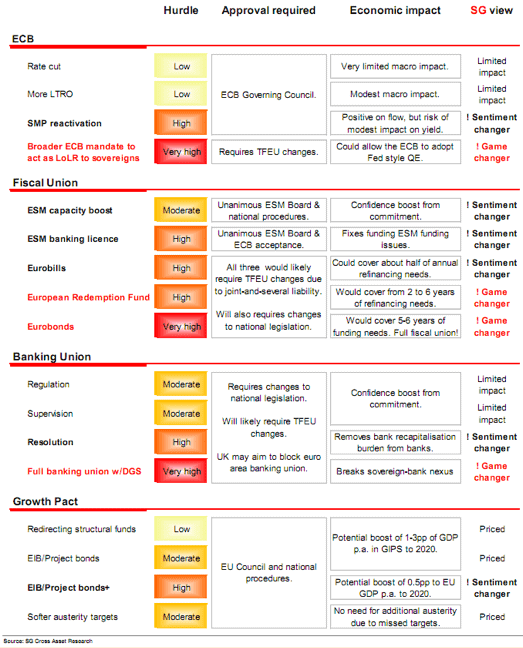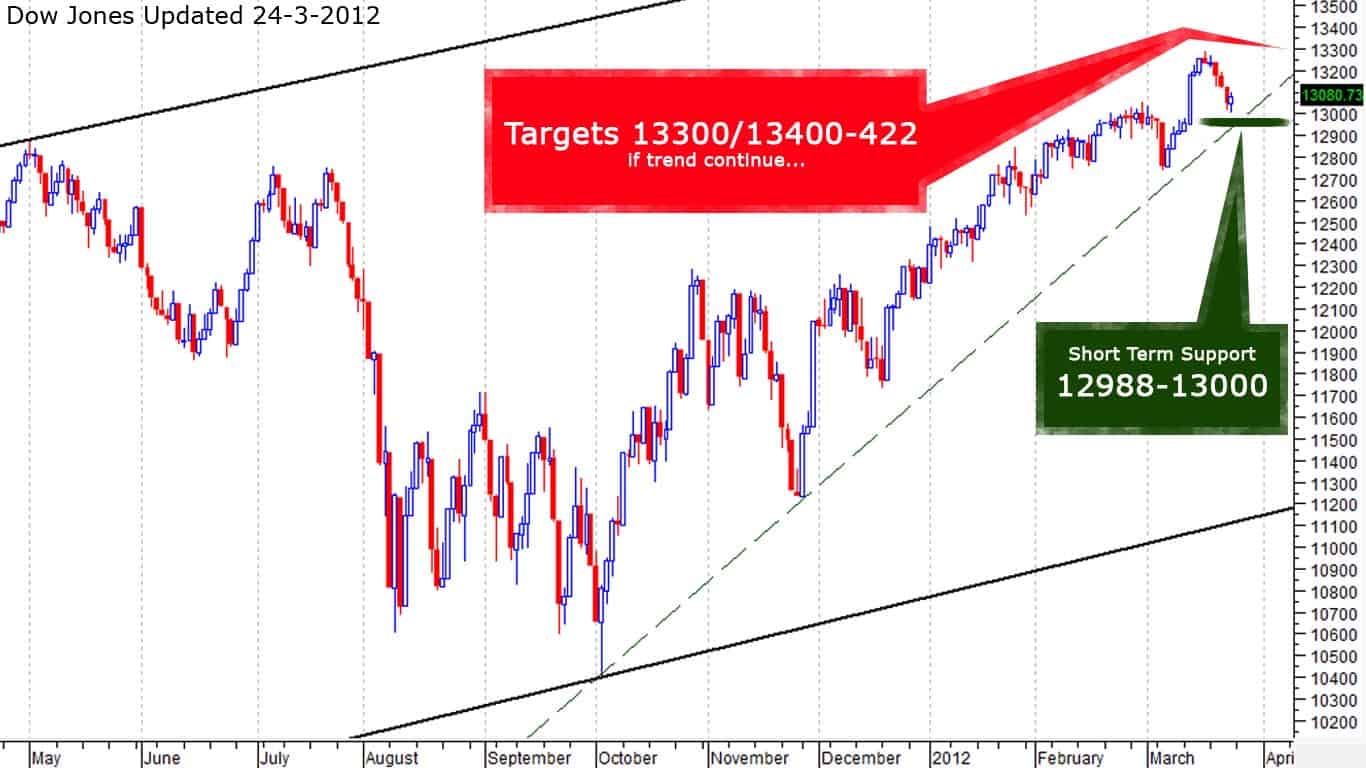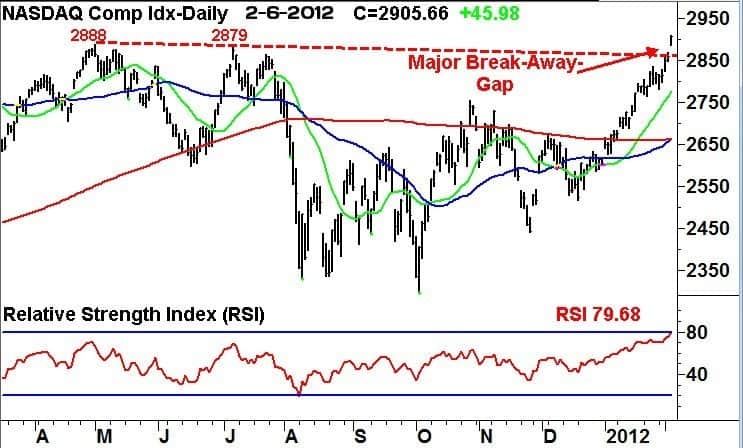It would appear from India’s unnaturally low taxpayer base, widespread anecdotal evidence of tax evasion, and lack of procedural clarity and prosecutorial energy on many aspects of tax collection that the country’s Ministry of Finance, the Department of Revenue, and the Central Board of Direct Taxes are incapable of working cohesively.
Nonetheless, these bodies spoke in one voice last week through a “white paper” on the problem of black money in India that was tabled in Parliament by Finance Minister Pranab Mukherjee, who said in a prefatory note:
In the past year the public discourse on the issue of corruption and black money has come in the forefront with the active participation of the civil society and our Parliamentary institutions. Two issues have been highlighted in this debate. First, several estimates have been floated, often without adequate factual basis on the magnitude of black money generated in the country and the unaccounted wealth stashed aboard. Secondly, a perception has been created that the Government’s response to address this issue has been piecemeal and inadequate. This document seeks to dispel some of the views around these two issues and place the various concerns in a perspective.
Mukherjee is right. The issue of black money and corruption is one that greatly inflames Indian people, especially the country’s middle class, which over the years has come to think of this problem as a leech that is draining India of its vigor. Every so often I receive an e-mail or petition from a well-meaning friend or acquaintance that contains details of how much money has been siphoned into Swiss bank accounts, how the recovery of these vast sums could make India prosperous in one stroke, and how I can be a true Indian by sending the e-mail on to at least 10 others and thereby help start a mass movement against black money.
It doesn’t help that, as with sex and sabotage, black money is one of those subjects where the imagination can run wild. Among the prominent Indians who have spread sensationalist thinking on the subject is the popular godman Baba Ramdev, who claimed last year that the amount of black money available was seven times the size of the Indian economy today and that when it was recovered, “one rupee will be equal to 50 dollars” (one dollar is currently about 55 rupees). This kind of thinking is populist not just in the sense of appealing to the sense of injury and fantasies of power of large audiences, but also in how it allows its recipients to overlook their complicity in what is being deplored, as MK Venu once pointed out in a piece called “No black-or-white.”
In such circumstances, the white paper on black money was much needed if public debate on the subject was to be made more complex. Indeed, it is quite elegantly written, has a definite voice, and provides a wealth of interesting figures and analyses. It makes distinctions between different categories of illegal income, points out the myriad and often sophisticated ways in which money can be slipped out of the purview of the tax system by individuals, corporations and nonprofit bodies, how black money often doesn’t leave the country for good but returns through different channels in a phenomenon called “round tripping” and how different estimates of the size of the shadow economy can arrive at grossly overstated figures (such as by projecting an average figure back across decades). It also refutes many canards about the size of Indian holdings in Swiss banks.
It suggests that one of the ways in which the problem might be curtailed is by extensive reforms in the mining and natural-resources sectors, which currently provide many gateways (along with real estate and gold) for income generation outside the books through windfall gains and help generate slush funds for political parties. It sensibly points out how tax compliance can be improved by further liberalization (“Non-tariff barriers to economic activity are generally worse than tariff barriers. Where one cannot get a permit to undertake a legitimate activity, the transaction costs approach infinity, and create insurmountable incentives for unreported and unaccounted activities that will inevitably generate black money.”) And it suggests ways in which the government itself can tackle leakages in public expenditure by moving to cashless systems and transfers, thereby combating perceptions of inefficiency or corruption that have made many citizens cynical about paying taxes.
The report came in for criticism from the main opposition party, the BJP, which bizarrely compared it to a bikini (“it conceals all the essentials and reveals only the non-essentials”), thereby keeping up its track record of feminizing every dispute on which it has an opinion, from a nationalism that pictures the country as Mother India to a view of Indian culture that inevitably ends up demanding that Indian women behave a certain way. (The party also released its own report on black money four years ago, a document worth reading for its unashamedly partisan and hyperbolic prose.) A more pertinent critique of the government’s paper was supplied in an editorial in the business newspaper Mint, which suggested that what the document pointed out was the gap between knowledge and action, and concluded:
Finally, this government lacks the willpower to deter potential tax evaders—the big fish that is. The surest way to do so will be to disclose the names of evaders that are available with the government. Given that our politicians are sure to figure on such a list, confidentiality of agreements with other governments and, hold your breath, human rights of tax evaders (page 68 of the white paper) come in the way of public disclosures. This is difficult to believe.
The same paper also published an interesting comparative survey of the scale of the black-money problem in the BRICS economies, and pointed out:
A look at the chart prepared from the data reveals that India has fared better than most its BRICS peers in bringing down the relative size of its shadow economy. For instance, the estimate of shadow economy for India has fallen from 40.39% of official gross domestic product (GDP) in 1950 to 23.71% in 2008, whereas it has fallen from 63.86% to 37.5% for Brazil over the same time period. In the case of Russia, the shadow economy was 41.82% of GDP in 2008.
This clearly shows that India has done reasonably good job of reducing the size of its shadow economy as compared to its peers, but a look at China’s data suggests lot more needs to be achieved. The Chinese shadow economy fell from 34.06% in 1952 to 13.36% in 2008.
And in a sage editorial, the Indian Express observed:
While estimates of Indian black money vary so drastically as to be unreliable, it is certain that more than ever before, unaccounted funds are likely to be parked at home. Mukherjee has shifted the focus of the future enforcement regime away from funds secreted overseas — to real estate and gold.
But a change of policy attitude must accompany the change of focus. Taxation has become a game of cat and mouse between taxpayer and government. Tax is seen as extortion, not a legitimate price to be paid for public services and nation-building. Perhaps it’s because services short-change users and taxpayers feel alienated from the blueprint for national development. The finance ministry has now identified real estate and gold as the biggest sink-holes for black money. It has also cast the evasion net wider by mentioning market manipulation, corruption and organised crime in the white paper. But it is still to shift the emphasis from enforcement to compliance by developing a tax regime that is not seen to be extortionate. A lot of black money is generated by law-abiding citizens engaged in legitimate activities who do not reveal their income. They must be encouraged — rather than forced — to do so.
Clearly, much work lies ahead of both government and citizens before the size of India’s black economy can be brought down from 20 percent of gross domestic product (which seems to be the most reasonable estimate of the scale of the problem). In the meantime, be a true Indian and read the 100-odd pages of the report before you make your next move, or claim.
(Chandrahas Choudhury, a novelist and writer of the blog the Middle Stage, is the New Delhi correspondent for World View. The opinions expressed are his own.)
To become a subscriber, subscribe to our free newsletter services. Our service is free for all.





 Lock
Lock




